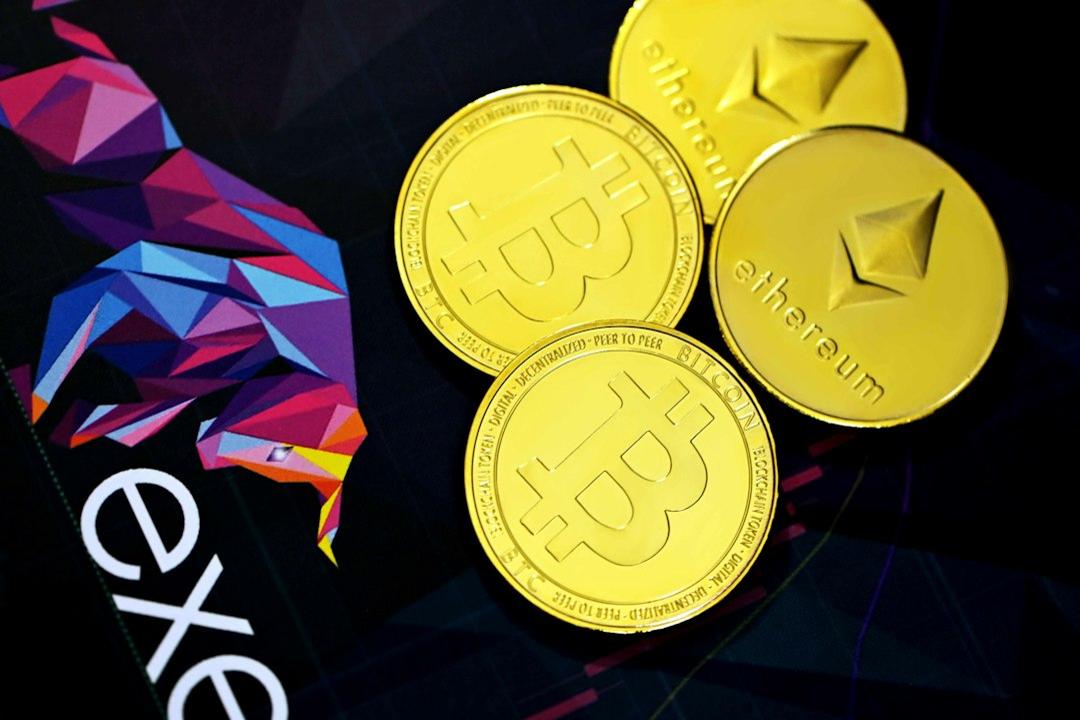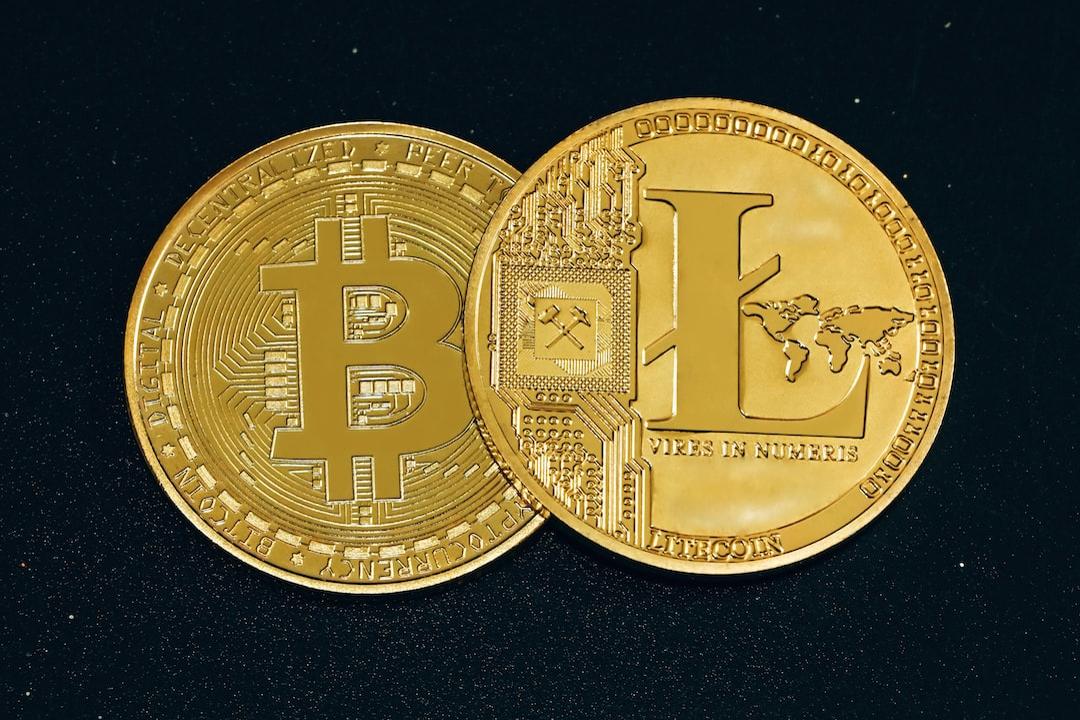ERC-7786: Setting a Unified Standard for Cross-Chain Communication
ERC-7786 not only makes cross-chain interactions more convenient, but also attempts to establish a unified standard for “multi-chain collaboration” to combat “entropy increase” from the ground up. This not only further promotes the “unification” of on-chain liquidity programs, but also drives the multi-chain ecosystem towards maturity.
Background:
Ensuring the Ethereum EIP-7702 Upgrade: A Proxy Model Transition from Secure EOA to Smart Wallets
The Human Struggle Unsolvable by Code: Infighting, Exodus, and Future of the Ethereum Core Circle
The Ethereum ecosystem may soon transition from the L2 “Warring States” chaos phase to a unified era. The key to this lies in the ongoing advancement of ERC-7786, which aims to establish a universal cross-chain communication “interface standard” for Ethereum, integrating various message transmission standards under a unified API to enable communication between smart contracts on different blockchain networks within the Ethereum ecosystem.
As early as April 15th, Ethereum Foundation member joshrudolf.eth emphasized publicly that “cross-chain message transmission is one of the key elements to solve the cross-chain user experience issues on Ethereum.”

So, what is ERC-7786, what problems does it aim to solve, and why is it important? This article will guide you to understand this new standard that all Ethereum users should pay attention to.
01 Ethereum Needs a Unified Cross-Chain Communication Protocol
It is well known that from the original multi-chain concept of Cosmos and Polkadot, to the prosperity of the Rollup era in Ethereum L2, especially with the development of applications chains like OP Stack, Arbitrum Nova, and Starknet, liquidity has become more decentralized on Ethereum and L2.
According to incomplete statistics from L2BEAT, there are as many as hundreds of Ethereum L2 chains in a broad sense, which has led to a long-standing problem – extreme fragmentation of liquidity.
It is important to note that even though they are all based on the Ethereum ecosystem, different L2 chains do not communicate with each other, so users who want to transfer assets from Arbitrum to Starknet, or interact with contracts across different L2s, can only rely on cross-chain bridges or cross-chain message transmission protocols to achieve secure interactions between multiple networks, contracts, users, and assets.

This not only causes users to incur friction costs due to cross-chain obstacles, but more crucially, the synergy between Ethereum ecosystem, especially between various L2s, is severely weakened. Although many protocols have implemented inter-chain communication functionality, each protocol has its own interface, calling method, and security model, making it nearly impossible for developers to reuse code or interface logic between different protocols, directly leading to each party duplicating efforts and high operational costs, as well as extremely fragmented user experience.
Therefore, the proposal of ERC-7786 is to break this fragmented ecosystem, and provide a unified standard interface for all inter-chain communication protocols, allowing DApps to securely communicate with any chain through a single “gateway”, without being bound to a specific protocol:
This standard, led by OpenZeppelin, is supported by multiple cross-chain and modular projects including the Ethereum Foundation and Axelar. As a unified cross-chain message passing interface standard for DApps, it aims to standardize the secure transmission and reception of messages across multiple blockchains for decentralized applications (DApps).

02 ERC-7786: Unified Interface for Cross-Chain Communication
If ERC-20 provides a standard interface for tokens and ERC-721 defines a common specification for NFTs, ERC-7786 attempts to establish a unified and general “communication port” for cross-chain message transmission – you can think of it as the “USB standard” in the Web3 world, where any protocol can be plug-and-play by connecting to the standard interface.
The diagram below illustrates the core components and process of ERC-7786, showing how messages are sent and received between different blockchains through a standardized interface. A single ERC-7786 message includes four basic elements:
Sender: Identified in CAIP-10 format (e.g., eip155:1:0xabc…)
Receiver: Similarly identified in CAIP-10 format for the target address
Payload: Arbitrary execution data (bytes)
Attributes: Additional parameters such as Gas limit, processing priority, etc., expressed in function signature form (e.g., minGasLimit (uint256))

Where sendMessage() is used to initiate messages on chain A, and executeMessage() is used to receive and execute on chain B. This “send-receive loop” forms the basic logic of cross-chain communication, allowing DApps to be compatible with multiple cross-chain protocol modules by packaging the standard interface once, achieving true “protocol decoupling + communication freedom”.
Currently, ERC-7786 has announced that the interface functionality is complete and is awaiting the final consolidation of the binary interoperable address specification (i.e., unified address encoding). There are also plans to add a “Gas Sponsorship” extension, allowing users to prepay gas by third parties when executing transactions on the target chain, optimizing the user experience of inter-chain interactions.
More importantly, the design of ERC-7786 supports modular adaptation, where developers can build adapters for existing mainstream cross-chain protocols (such as Axelar, LayerZero, Wormhole, etc.) without refactoring logic, and quickly be compatible with the ERC-7786 standard interface.
This means that even if users, liquidity, and applications are distributed across multiple L2 or heterogeneous chains, DApps can use ERC-7786 to build native cross-chain calling capabilities without being tied to specific bridge protocols or relying on cumbersome UI switching, significantly improving the overall experience and reducing integration complexity.
The attribute mechanism of ERC-7786 also allows for the integration of extension features for different cross-chain protocols, such as verification logic, state proofs, quota control, etc., without affecting the standard main process, leaving a highly flexible interface space for middleware and verification mechanisms to evolve.
From this perspective, the significance of ERC-7786 is not only to be “compatible with multiple cross-chain protocols,” but also represents the new era of Web3 multi-chain architecture moving from “cross-chain deployment” to “native interoperability”.
03 What Can ERC-7786 Bring?
As a result, ERC-7786 is widely seen as a crucial infrastructure to drive Ethereum and the multi-chain ecosystem towards higher interoperability, breaking down long-standing protocol barriers and laying a unified standard foundation for future cross-chain functionality expansion, verification mechanism upgrades, and multi-chain collaboration.
From a practical perspective, the value brought by ERC-7786 can be summarized for two key beneficiaries – developers and end-users:
For developers, they only need to develop once for multi-chain deployment, without the need to adapt to different protocols repeatedly, and can switch cross-chain backends at any time, enhancing security and maintainability, as well as supporting more customized attributes and feature extensions (such as Gas, state verification, etc.);
For users, there is no longer a need to switch bridges and UIs between Arbitrum and zkSync, a simple click can complete the cross-chain operation, making the boundaries between chains appear blurred, just like using a single chain seamlessly;
Currently, ERC-7786 is continuously advancing its ecosystem landing. According to publicly disclosed information, in the next 3-6 months, ERC-7786 will release standard interface cards for mainstream protocols one after another, promoting more DApps, bridges, and verification middleware to integrate this standard, forming a truly meaningful Web3 cross-chain infrastructure.
It is worth mentioning that on June 13th, Axelar developer Interop Labs and OpenZeppelin jointly released the open-source framework OpenBridge built on ERC-7786. This tool will allow developers to access multiple bridge protocols in one go, further enhancing construction efficiency and protocol redundancy, enabling developers to connect to multiple interoperable protocols at once.

From a macroscopic perspective, the significance of ERC-7786 is far beyond the technical interface specification, it is more like paving a “well-ordered interconnecting path” for the current chaotic multi-chain ecosystem:
Blurring the boundaries of “chains” within the Ethereum ecosystem, evolving the user experience of Web3 in a meaningful way, laying down a crucial foundation for the future.
04 Conclusion
Looking back at the development context of Ethereum, from the composability of smart contracts to the rapid formation of modular infrastructure, and the trend of L2 generalization and dedicated chains, “cross-chain interoperability” has become a necessary condition for the next stage of explosive growth.
The significance of ERC-7786 lies not only in making cross-chain interactions more convenient but also in attempting to establish a unified standard for “multi-chain collaboration” from the ground up to combat “entropy increase”. This not only further promotes the “unification” of on-chain liquidity programs but also drives the multi-chain ecosystem towards maturity.
As for whether ERC-7786 can drive Ethereum to touch the threshold of transformation, it remains to be seen.



